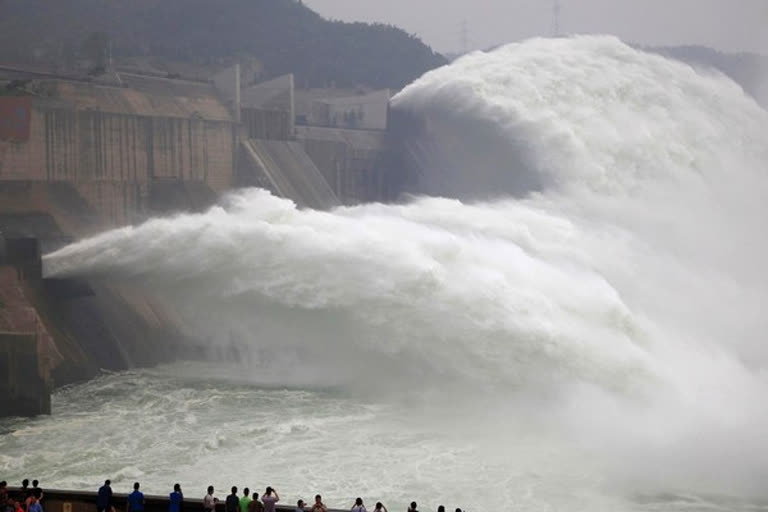Beijing: In yet another example where China has run into rough waters with its neighbours, the country has planned to build the world's biggest dam on River Brahmaputra - a 60-gigawatt mega-dam in the Tibetan Autonomous Region (TAR), reported Al Jazeera.
The Yarlung Zangbao Dam plan is moving ahead without China discussing or entering into water-sharing agreements with downstream India or Bangladesh.
With the proposed mega-dam sited just 30 kilometres (18 miles) from the Indian border, Tempa Gyaltsen Zamlha, the head of Environment and Development at the Tibetan Policy Institute believes the Chinese Communist Party (CCP) will "definitely try to use it as a political tool".
A spokesperson for India's ministry in charge of managing its water resources said it would respond with a 10-gigawatt project on another tributary of the Brahmaputra, reported Al Jazeera.
Sensing a tense situation ahead, the US has tried to prod the two sides into resource-sharing.
Read:|China's dam plan risks water war with India
The Tibet Policy and Support Act, recently signed into law by Congress, outlined a commitment to "encourages a regional framework on water security... to facilitate cooperative agreements among all riparian nations ... on the Tibetan Plateau."
Likewise, the International Water Courses Convention, adopted by the United Nations in 1997, applies certain rights and duties in relation to trans-boundary flows, although neither Bangladesh, India or China are signatories.
Brian Eyler, an expert in rivers who is the director of the South East Asia Program at the Stimson Center said China has built several small- and medium-sized dam and as per an analysis of recent data on Chinese dams, "these operations have delivered deeper and deeper cuts to the downstream communities of the once-mighty Mekong river."
